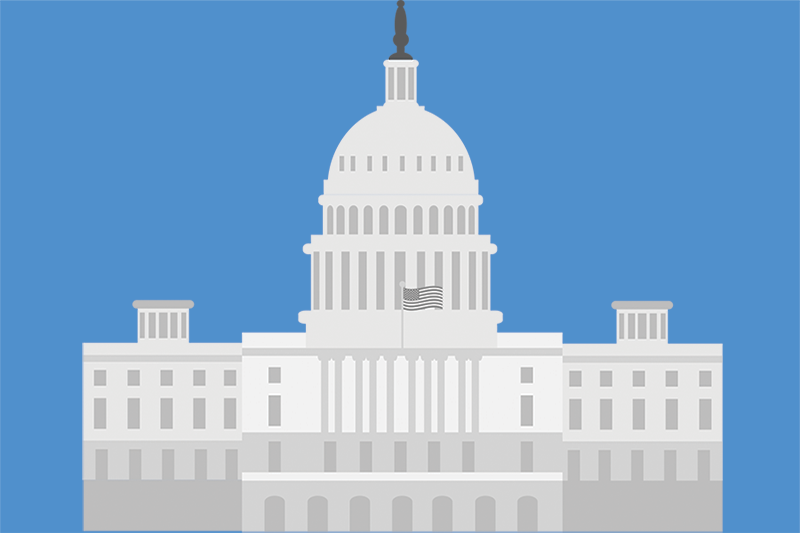How to Teach Elementary Students About the Three Branches of Government
🏛️ Fun & Interactive Activities to Make Government Engaging!

Teaching elementary students about the three branches of government can be a challenge, but with the right approach, it can be engaging, interactive, and even fun! Instead of overwhelming students with complex political jargon, we can use games, role-playing, and real-world connections to help them understand how government works.
In this post, you’ll find easy-to-follow strategies, hands-on activities, and creative lesson ideas to teach young learners about the Legislative, Executive, and Judicial branches of government in a way that sticks!
🎯 Why Teaching the Three Branches Matters
Understanding the three branches of government helps students:
✅ Learn how laws are made and enforced 🏛️
✅ See the importance of checks and balances ⚖️
✅ Recognize the roles of leaders like the President, Congress, and Supreme Court 👩⚖️
✅ Develop civic responsibility and awareness as future voters 🗳️
By making government lessons hands-on and relatable, students grasp key concepts faster and stay engaged. Let’s explore some exciting ways to bring civics to life!
📌 Step 1: Start with a Simple Explanation
🧠 Break down the basics in a way kids can understand!
Before diving into detailed activities, introduce students to the three branches of government with simple explanations:
🔵 Legislative Branch (Congress) – Makes laws
🟢 Executive Branch (President, Governor, Mayor) – Carries out laws
🟠 Judicial Branch (Supreme Court, Judges) – Interprets laws
🎯 How to Make It Fun:
✅ Use a traffic light analogy:
- Green (Executive) = “Go ahead and enforce the law!”
- Yellow (Legislative) = “Slow down and create new laws!”
- Red (Judicial) = “Stop and decide if the law is fair!”
💡 Teacher Tip: Create a large classroom chart with student-made drawings of each branch!
📌 Step 2: Act It Out with a Government Role-Playing Game
🎭 Turn your classroom into a working government!
Let students experience government in action by acting out different roles:
✅ Legislative Branch (Congress & Senate) – Write and vote on a new classroom rule.
✅ Executive Branch (President/Mayor) – Approve or veto the rule.
✅ Judicial Branch (Supreme Court Justices) – Decide if the rule is fair.
🎯 Example Activity:
📜 “Should we have extra recess?” Students propose the law, debate, vote, and see if the “President” signs it or vetoes it!
💡 Teacher Tip: Give students props like robes for justices, podiums for speeches, and ballots for voting!
📌 Step 3: Build a Government Puzzle or Foldable
🧩 Create a hands-on visual aid for easy learning!
✅ Have students cut and assemble a three-branch government puzzle.
✅ Each piece should contain a branch’s name, role, and an example.
✅ Students match responsibilities to the correct branch.
🎯 Why It Works: Helps visual and kinesthetic learners reinforce key concepts.
💡 Teacher Tip: Use interactive lapbooks or flipbooks for students to review later!
📌 Step 4: Play “Who’s in Charge?” – A Government Sorting Game
🃏 Make learning government roles a fun challenge!
✅ Write different government responsibilities on flashcards (e.g., “Signs a bill into law,” “Declares a law unconstitutional,” “Writes new laws”).
✅ Have students sort them into the correct branch.
✅ Make it a team-based competition!
🎯 Why It Works: Encourages active participation and quick thinking!
💡 Teacher Tip: Create a “Who’s in Charge?” bulletin board for ongoing practice!
📌 Step 5: Use Videos & Songs to Reinforce Learning
🎵 Turn complex topics into catchy tunes!
✅ Play kid-friendly civics videos like Schoolhouse Rock’s “Three Ring Government”.
✅ Use government songs and raps to help students remember key terms.
✅ Have students write their own songs or rhymes about the three branches!
🎯 Why It Works: Music and repetition boost memory retention!
💡 Teacher Tip: Check out Flocabulary’s civics rap videos for an extra fun twist!
📌 Step 6: Take a Virtual Field Trip to Washington, D.C.
🖥 See government in action from your classroom!
✅ Explore the U.S. Capitol, White House, and Supreme Court using Google Earth.
✅ Watch videos of real congressional debates and Supreme Court cases.
✅ Let students write “letters to the President” sharing what they learned.
🎯 Why It Works: Helps students connect government lessons to real-world locations!
💡 Teacher Tip: Visit our video page or Ben’s Guide to Government for interactive civics resources!
📌 Step 7: Let Students “Build a Government”
🏗 Use creative projects to reinforce understanding!
✅ Have students draw, design, or build a government model (using Legos, clay, or paper cutouts).
✅ Assign students to different “branches” and give them tasks to complete.
✅ Discuss how all three branches work together to keep government fair.
🎯 Why It Works: Promotes creativity and teamwork!
💡 Teacher Tip: Use group presentations where students explain their “government models” to the class!
📌 Final Thoughts: Making Government Fun & Easy to Understand!
By using hands-on activities, role-playing, and interactive games, students will:
✅ Understand how the three branches of government work 🏛️
✅ See the importance of laws and checks & balances ⚖️
✅ Engage in teamwork, debate, and leadership skills 🎤
💬 How do you make government lessons exciting? Share your ideas in the comments!
📌 Looking for more civics activities? Subscribe to our blog for weekly social studies resources & free worksheets!
We hope you enjoy these ideas. Please share them with anyone else you think might also enjoy them.
💡If you’re not on our communication list yet, you can sign up below to receive your own weekly email bursting with exciting new ideas!
Happy teaching,
-The SSO Team

